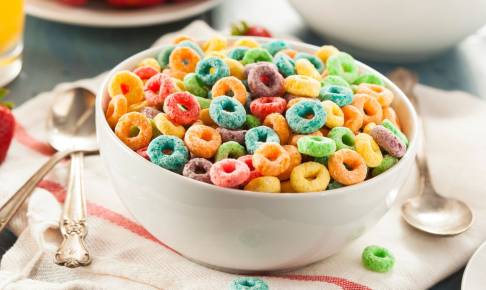ANSES' guide for assessing the health risks of nanomaterials in food
ANSES (the French Agency for Food, Environmental and Occupational Health & Safety) is publishing a scientific guidance with the aim to evaluate the risks caused by nanomaterials in food.
In recent years, engineered nanomaterials have been increasingly used in the food industry as additives (e.g. to change the structure, color, or texture of a food or to change the characteristics of the food contact materials) and ingredients (e.g. to add nutritional value). However, many questions are rising about their potential impacts on human health. Titanium dioxide is the perfect example of a food additive whose safety has been questioned, resulting in the ban of this substance in in the EU starting from 2022.
"Nanomaterials require a 'nanospecific' risk assessment approach due to their complexity, properties and behaviour. For example, nanomaterials readily interact with other substances, which can change their stability and their fate in the body," stated scientific coordinator at ANSES, Bruno Teste. For such reasons, ANSES is releasing a risk assessment guidance for engineered nanomaterials used as food additives and nutritional supplements.
Nevertheless, this particular approach is not unique to ANSES. In 2018, the European Food Safety Authority (EFSA) also issued a guidance for evaluating dossiers on nanoscience and nanotechnologies in applications such as food additives, insecticides, and food contact materials. Despite the fact that the two methods established by EFSA and ANSES are based on comparable ideas and risk assessment procedures, ANSES argues that their expert evaluation recommended particular changes to regulation definitions, particle size measurements, dissolving characteristics, and hazard identification.
Depending on data availability, ANSES will first test its approach on engineered nanomaterials already identified in the first step of the expert assessment. According to ANSES, titanium dioxide seems to have the best-documented exposure and hazard data at this time, allowing for a complete risk assessment for a nanomaterial in food.
Sources:






















